Understanding PEX Plumbing Connections
Introduction to PEX Plumbing
PEX (cross-linked polyethylene) plumbing systems have revolutionized the way water is distributed in residential and commercial buildings. One of the key aspects of PEX plumbing is its versatile connection methods, allowing for efficient and reliable installation. Understanding these connection techniques is essential for ensuring a successful plumbing project.
Types of PEX Connections
PEX pipes can be connected using several methods, each offering its own advantages in terms of ease of installation, reliability, and cost-effectiveness. The three primary types of PEX connections are crimp, clamp (also known as cinch), and push-to-connect (also known as SharkBite or push-fit) fittings. Each method requires specific tools and techniques for proper installation.
Crimp Fittings
Crimp fittings are one of the most common methods for connecting PEX pipes. They involve using a copper ring (also known as a crimp ring) and a crimp tool to secure the fitting to the pipe. The crimp tool compresses the copper ring around the pipe and fitting, creating a watertight seal. Crimp fittings are reliable, cost-effective, and suitable for both new construction and retrofitting projects.
Clamp (Cinch) Fittings
Clamp or cinch fittings are similar to crimp fittings but use a stainless steel clamp instead of a copper ring. The clamp is placed over the PEX pipe and fitting, and a cinching tool is used to tighten the clamp securely. Clamp fittings are popular for their ease of installation and versatility, as they can be removed and reused if needed. They are ideal for tight spaces or applications where flexibility is required.
Push-to-Connect (SharkBite) Fittings
Push-to-connect fittings offer the simplest and fastest method for connecting PEX pipes. These fittings feature a specially designed mechanism that allows the PEX pipe to be pushed securely into the fitting without the need for tools or additional components. Push-to-connect fittings, often referred to as SharkBite or push-fit fittings, are ideal for quick repairs, renovations, or temporary installations.
Installation Techniques for PEX Plumbing
Preparing PEX Pipes
Before installing PEX pipes, it is essential to prepare the pipes properly to ensure a secure and leak-free connection. Cut the PEX tubing to the desired length using a sharp PEX cutter, ensuring clean, straight cuts. Remove any burrs or debris from the cut end of the pipe using a deburring tool to prevent interference with the fitting.
Choosing the Right Fittings
Selecting the appropriate fittings for the job is crucial for a successful PEX plumbing installation. Consider factors such as the type of connection method, compatibility with PEX tubing, and the specific requirements of the application. Consult with a knowledgeable supplier or plumbing professional to ensure you choose the right fittings for your project.
Proper Assembly and Alignment
When assembling PEX fittings, ensure proper alignment and orientation to prevent leaks or installation errors. Insert the PEX pipe into the fitting until it reaches the depth mark indicated on the fitting body. Use a fitting gauge or depth tool to verify the correct insertion depth and ensure a secure connection.
Securing Connections
Once the PEX pipe is properly inserted into the fitting, secure the connection according to the manufacturer’s instructions. For crimp and clamp fittings, use the appropriate tool to compress the ring or clamp securely around the pipe and fitting. For push-to-connect fittings, simply push the pipe into the fitting until it clicks into place, indicating a secure connection.
Pressure Testing and Inspection
After completing the installation, perform a pressure test to verify the integrity of the PEX plumbing system. Pressurize the system to the recommended pressure level and monitor for any signs of leaks or pressure loss. Inspect all connections, fittings, and joints for tightness and integrity, and address any issues promptly to ensure the reliability of the plumbing system.
Conclusion
In conclusion, mastering the connection methods and installation techniques for PEX plumbing is essential for ensuring a successful plumbing project. Whether using crimp, clamp, or push-to-connect fittings, proper preparation, assembly, and securing of connections are crucial for achieving watertight seals and long-lasting performance. By understanding the different types of PEX connections and following best practices for installation, property owners can enjoy the benefits of reliable, efficient, and versatile PEX plumbing systems for years to come.
IFAN is a Chinese manufacturer of plastic pipes, fittings and valves with 30 years of experience. If you are interested in IFAN copper fittings, copper valves, plastic pipes and fittings, please contact us. IFAN offers you a variety of standard pipes to meet your specific needs. Click below to learn more about IFAN’s wide range of affordable and cost-effective valve products and piping system related products.
We will reply your email or fax within 24 hours.
You can call us at any time if there is any question on our production.
For more information,pls visit our webside https://pipefittingpro.com/
Pls Mailto: [email protected]
Whatsapp: + 86 19857948982

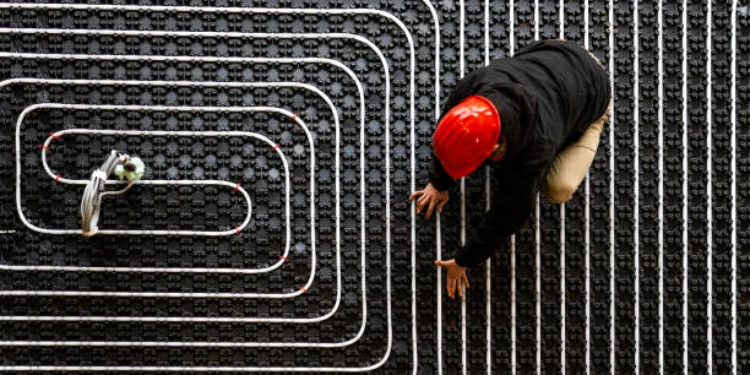
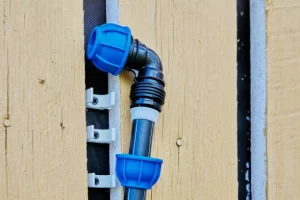
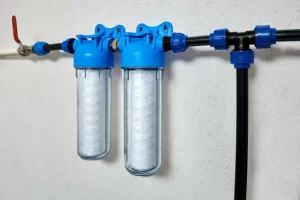
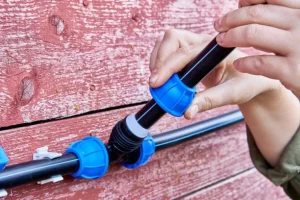
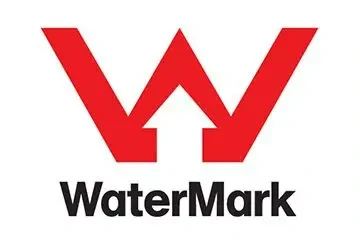

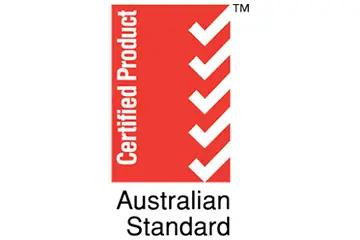





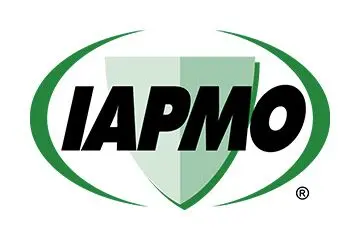
Recent Comments